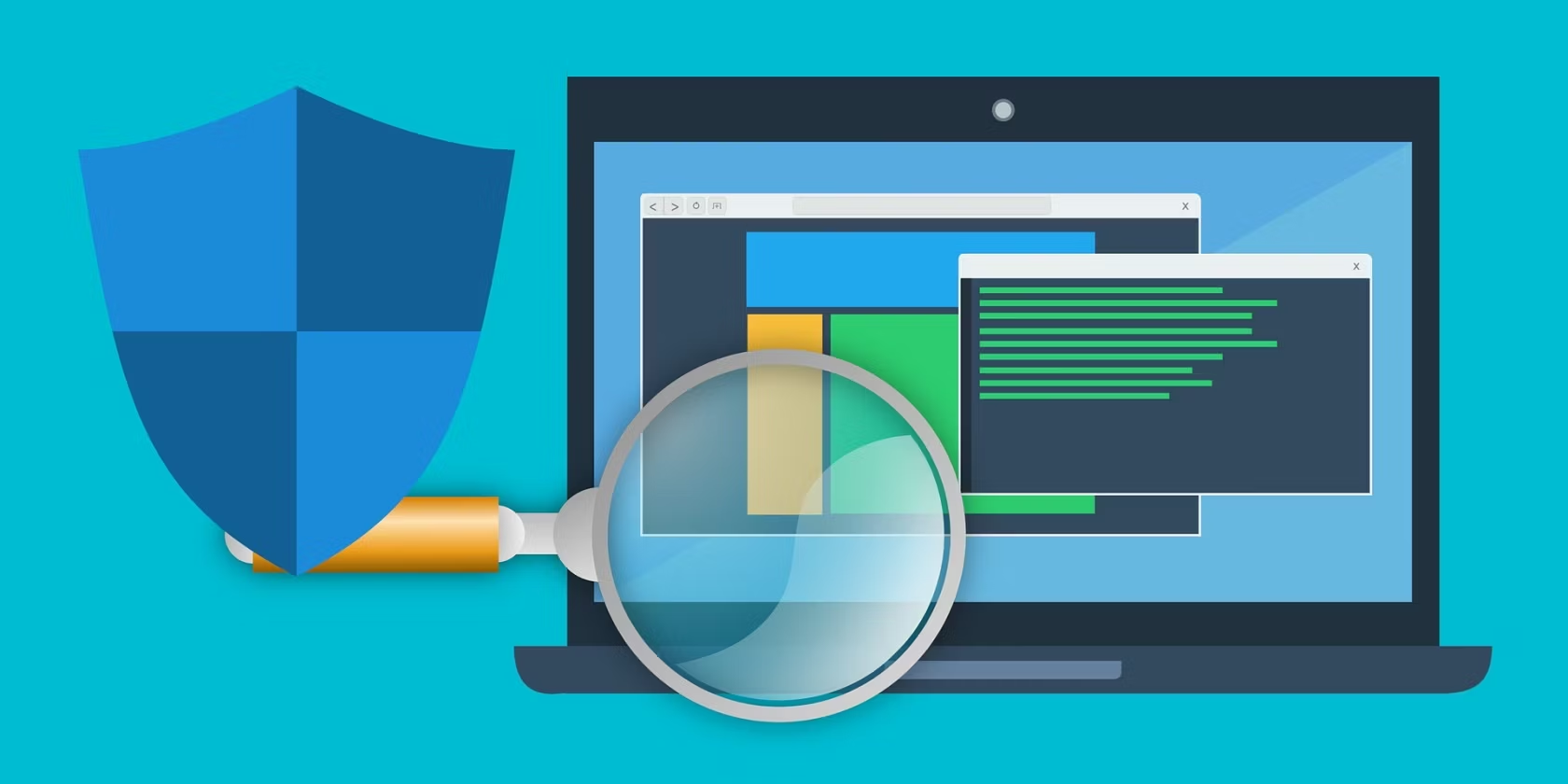
What is Antivirus Software?
The purpose of antivirus software is to constantly scan for viruses and other harmful programs that may have infiltrated your computer. Once it identifies a virus, trojan, or malware, it notifies the user, isolates the virus, and then stops it from causing any harm. Antivirus software is available in a variety of forms, with signature and heuristic-based analysis being among the most popular. There are more sophisticated versions including sandbox detection or artificial intelligence. Each distinguishes malware a little bit differently.
Cybercriminals are able to evade antivirus software due to some of the following factors:
● Obfuscation
Obfuscation is the process by which a cybercriminal poses as someone else in order to trick people into downloading a dangerous file. It's risky because it doesn't show as a clear threat right away. They have several options for hiding their purpose, such as metadata removal, nonsensical code addition, and encryption. Cybercriminals use this to conceal their attack mechanisms and mislead antivirus software after tricking you into downloading something.
● Trojans
A trojan horse commonly goes undetected because it imitates trustworthy processes to look innocent. It can adopt their names, signatures, or icons, for instance. Cybercriminals frequently insert their malicious code into reliable systems using specialised tools. Malicious code hides behind what it believed to be trustworthy code and is usually too little for antivirus software to see or remove.
● Quantity Attack
Cybercriminals launch a massive number of fresh Trojans, in order to give dangerous files more time to successfully infect computers. The intention being to overwhelm antivirus vendors with a large volume of samples for analysis.
● Polymorphism
Polymorphic malware mutates repeatedly to evade detection. It can avoid detection because it uses an encryption key and a self-propagating code. Antivirus software frequently misses things since it depends on looking for preset signatures. Although this strategy requires more work on the part of the cybercriminal, dynamic code can be easily created by those with the necessary skills.
● Zero-Day Threat
A zero-day threat is a vulnerability for which there is no planned patch since the developers are unaware of it. If they locate one, hackers can exploit weakness and spread ransomware before it has a chance to be fixed. Hackers are always looking for new, undiscovered flaws to take advantage of. Large enterprises will find it more difficult to look for possible security flaws, which increases the likelihood of this threat happening.
The best way to prepare for these threats is simple preparation in the form of backups and well trained IT teams, whether they be in-house or third-parties. You cannot put a price on the safety of your data, especially in today’s digital world